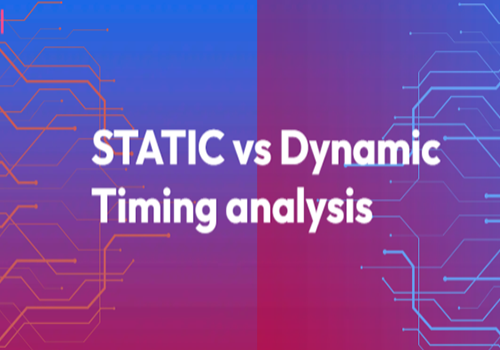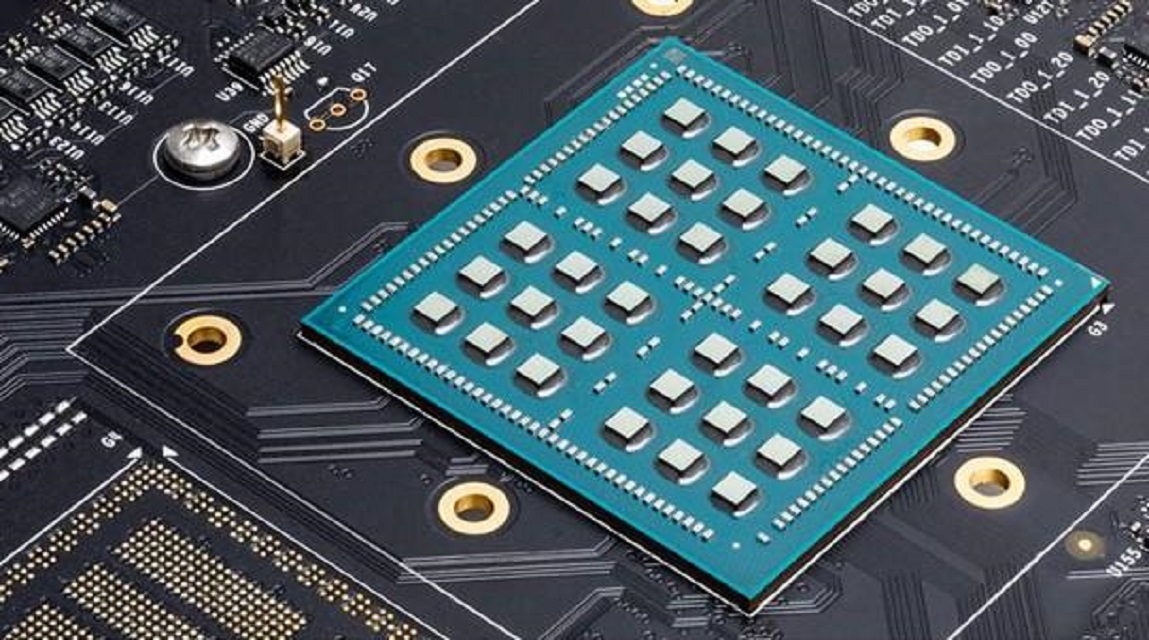
Static vs Dynamic Timing Analysis
Timing the most concerned VLSI design constraint to achieve the performance of an integrated circuit. There are two types of analysis that can be done depending on the requirement.
One is Static timing analysis (STA). It aims to validate the chip whether it can operate at a given frequency under different environmental conditions.it will not check the functionality of the chip and it does not require data to apply at input pins.
STA checks all timing paths and analyzes them in less time and it is exhaustive in nature.
On the other hand Dynamic timing analysis(DTA) validates the chip functionality and timing by applying stimulus at the input pins. Which takes more time as gate count increases and will not verify time completely.
In chip designing STA is widely used for better timing analysis for its fastness and exhaustive timing verification.



